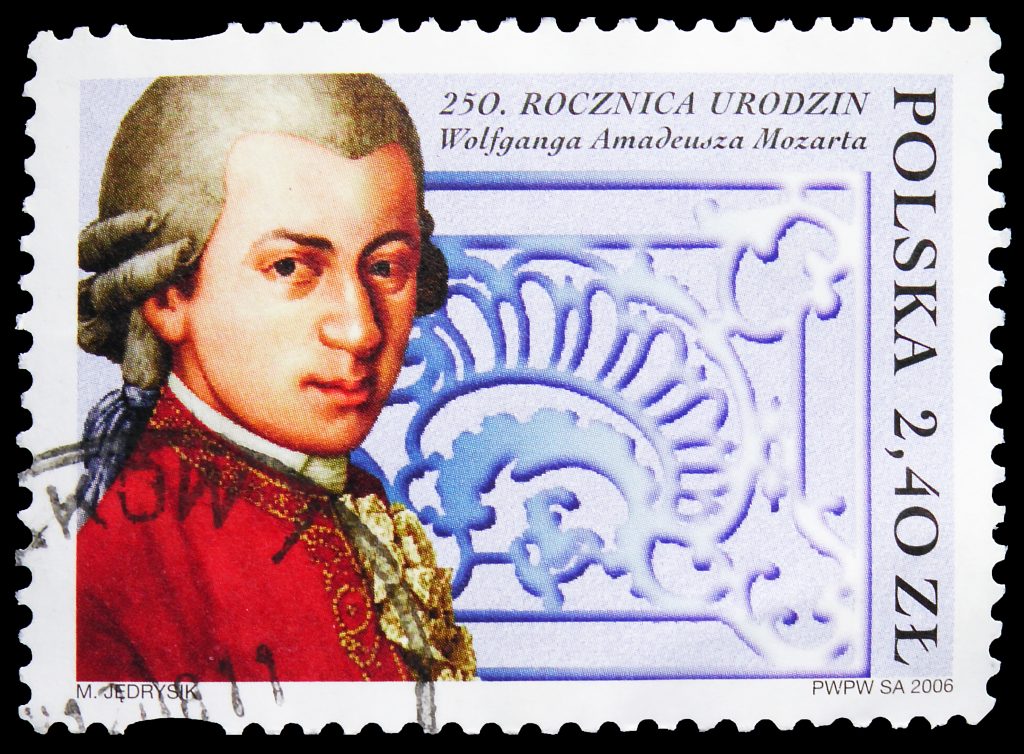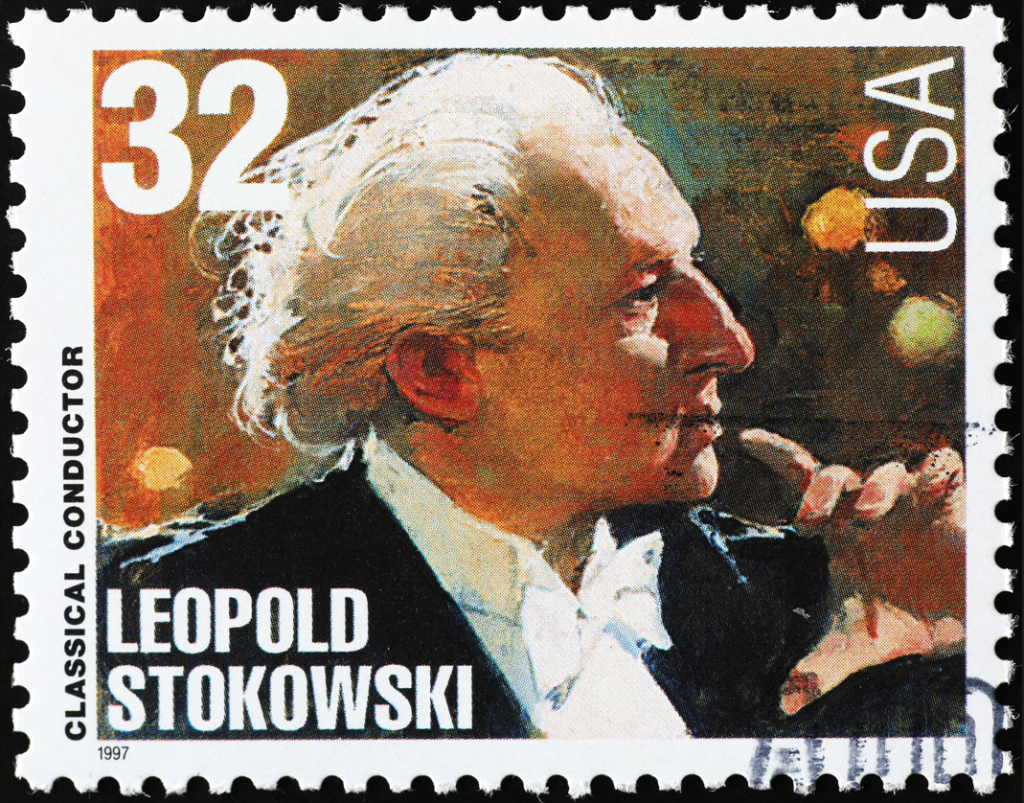Music has helped define the human experience for millennia. It has the power to evoke emotions within us that bring out the best in us, from upbeat and motivated to somber and reflective. Rarely discussed are the minds behind the pieces produced throughout the generations, referred to as Composers and Conductors. These brilliant minds of music are the brains of numerous pieces of music that remain memorable centuries after their time.
The Composer
For context, allow us to dive into the two subjects and how they contribute to the art of music. Starting with the Composers, they write musical pieces for any (if not all) creative projects. Think of them as artists who paint through musical compositions. Once they write down the compositions, they test the drafts of those pieces to see if they sound good to them. If not, they adjust accordingly.
The Conductor

Once they fine-tune the musical score, they pass it on to their partners in rhyme, our second subject: the Conductors. They are the “tip of the spear” when orchestrating the musical pieces on stage and in recording sessions. As the name is self-explanatory, they coordinate with the orchestra to ensure the music mimics the scores themselves. Sometimes, the practices can be vigorous, depending on who the orchestra works under, but sometimes, the hard work pays off. There are also rare cases when the Composer acts as the Conductor for the orchestra when no one is available or when the former is unassigned to the latter.
Artistry Through Sound
One example of this rule is the great artist of Classical Music, Wolfgang Amadeus Mozart. This Austrian Composer created some of the most memorable pieces of music during and after the Classical Era, such as Requiem, Don Giovanni, and Violin Concerto No. 4. There were even times when he would conduct his pieces live on stage. His contribution to the musical world was so profound that it wouldn’t be long before he would get a biological drama dedicated to his life story, Amadeus, in 1984. But he’s not the only one who would imprint himself on music’s history. In the 20th century, one man would redefine the conducting world, and this man was none other than the great Leopold Stokowski.

This 20th+-century British Conductor was the first of his kind to coordinate an entire orchestra without using a baton. There were even times when he would rearrange classical pieces, one of them being the Toccata & Fuge In D Minor, where he composed the piece from an organ to that of an orchestra. His presence made such an impact that he would soon garner the attention of Walt Disney himself and earned a spot as the Conductor for the classic symphony film in 1940, Walt Disney’s Fantasia. His coordination of the film’s orchestra acts as if he were painting entire worlds through the simple sound of the orchestra.
Fine-Tuning
As you can see, the Conductors and the Composers are the centerpiece of many musical pieces throughout history. Together, they can create unparalleled sounds in immaculate ways because of their passion for music and the creative genius of their minds. To this day, they continue their creative passion and fill the air with magnificent sounds while exploring new avenues to turn their sound ideas into reality.
Works Cited
“Amadeus (1984).” IMDb, https://www.imdb.com/title/tt0086879/. Accessed 17 September 2024.
Eldridge, Alison. “Leopold Stokowski | Classical Music, Orchestral Repertoire, Philharmonic Society.” Britannica, 23 July 2024, https://www.britannica.com/biography/Leopold-Stokowski. Accessed 17 September 2024.
Sadie, Stanley. “Wolfgang Amadeus Mozart | Biography, Music, The Magic Flute, & Facts.” Britannica, 4 September 2024, https://www.britannica.com/biography/Wolfgang-Amadeus-Mozart. Accessed 17 September 2024.
Stokowski, Leopold. “Fantasia (1940).” IMDb, https://www.imdb.com/title/tt0032455/. Accessed 17 September 2024.
